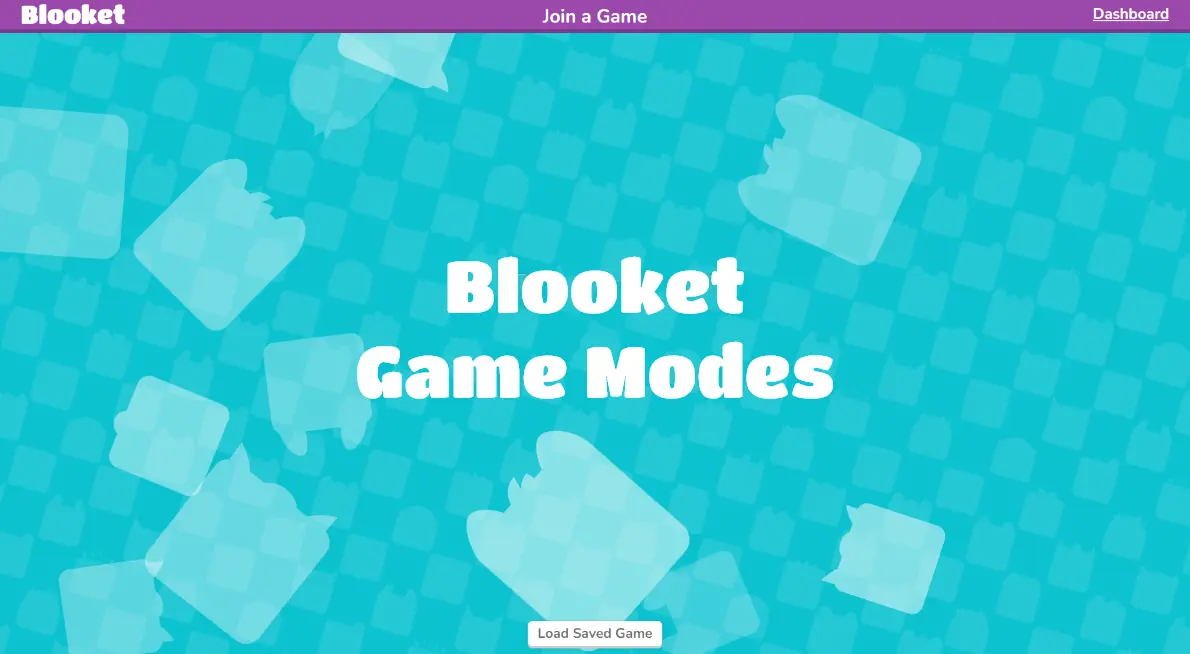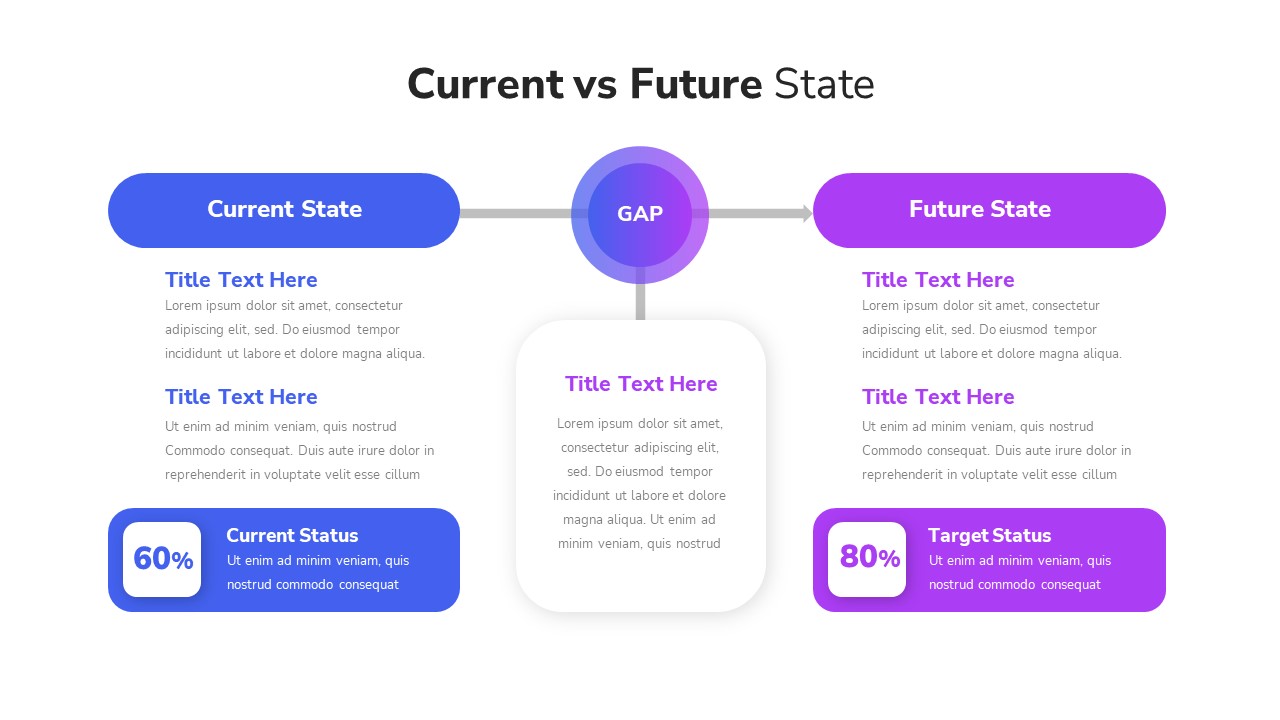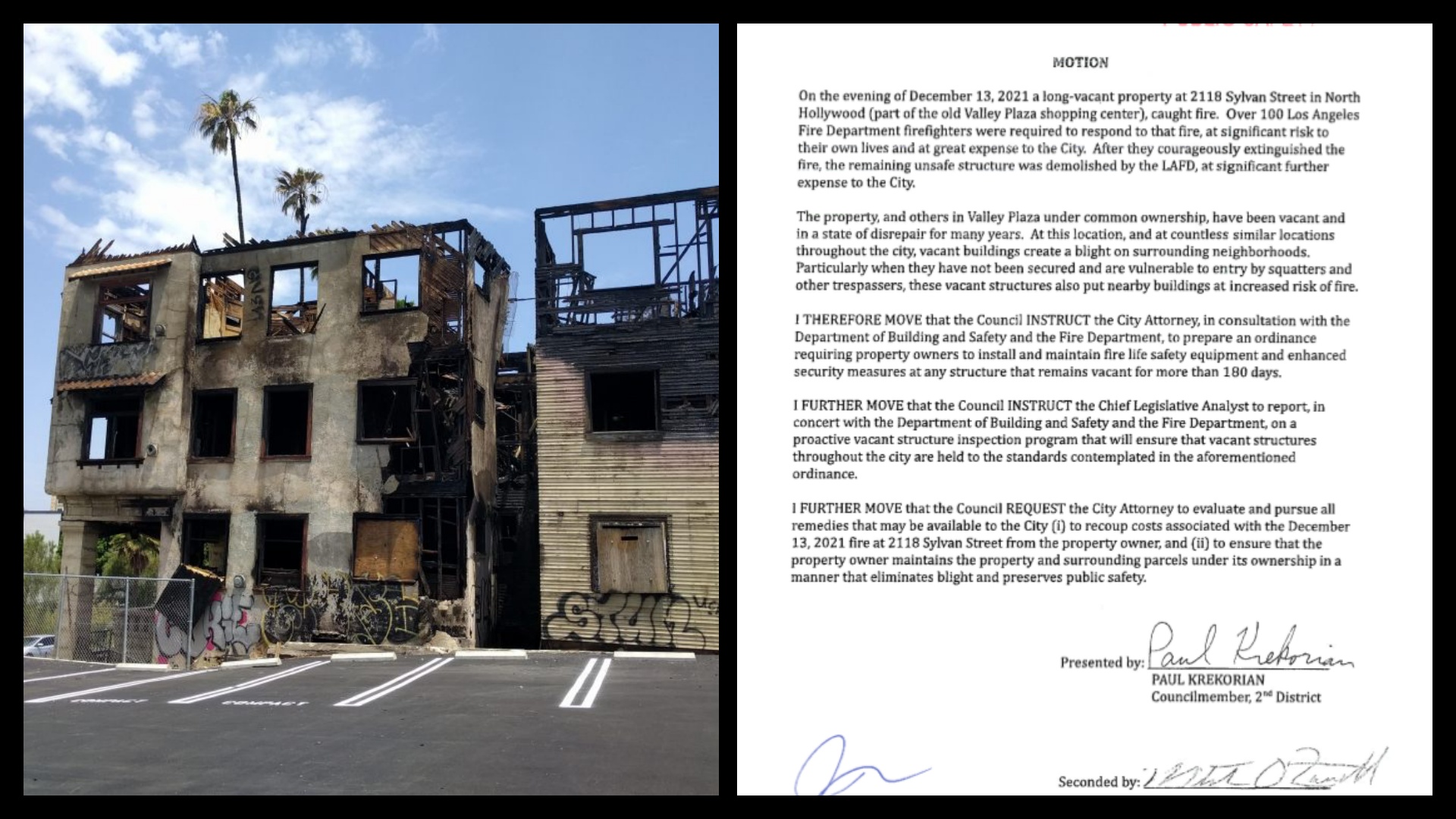Fortnite's Changing Landscape: The End Of Popular Game Modes?

Table of Contents
The Rise and Fall of Popular Fortnite Game Modes
Fortnite's history is littered with both triumphant and fallen game modes. Understanding their lifecycle offers crucial insight into the current landscape.
Analyzing the lifecycle of past modes:
Many fondly remember game modes that are now gone or significantly altered. Let's analyze some examples:
- 50v50: This large-scale team battle was initially hugely popular due to its chaotic and strategic team-based gameplay. However, player fatigue and the increasing focus on the core battle royale experience led to its eventual removal. Data on average playtime and player counts for 50v50 would likely show a significant drop-off over time.
- Team Rumble: This mode, offering fast-paced, respawn-enabled action, enjoyed immense popularity, particularly among casual players. However, even its enduring popularity eventually waned as the core battle royale remained the primary focus. Anecdotal evidence suggests this might be due to the feeling of a lack of meaningful progression, unlike the main battle royale mode.
- Food Fight: This limited-time mode, featuring team-based base building and destruction, offered a unique twist. While its limited-time nature contributed to its initial popularity, it is an example of how even innovative modes don't always survive long term.
The Impact of Chapter 4 & Beyond:
Chapter 4 and subsequent seasons introduced significant changes that impacted existing popular Fortnite game modes. These include:
- New Weapons: The introduction of powerful new weapons often shifted the meta, making previously effective strategies in older game modes obsolete.
- Map Alterations: Changes to the map, such as the addition of new locations or the removal of familiar landmarks, directly affected gameplay in various modes. For example, the removal of a popular drop spot impacted the strategy of many players in the main battle royale.
- Introduction of New Modes: The constant influx of new game modes, often designed around the latest season's theme, inevitably draws players away from older options. Community feedback often reflects a dilution of focus.
Shifting Player Preferences and the Fortnite Meta
The popularity of Fortnite game modes isn't solely determined by Epic Games' decisions; player preferences play a massive role.
The Influence of Streamers and Professional Players:
Top streamers and professional players significantly influence the "meta," or the most effective strategies in the game.
- When prominent streamers focus on a particular game mode, it gains significant visibility and attracts a larger player base.
- The strategies and techniques adopted by competitive players often trickle down to casual players, shaping the popularity of specific game modes.
- Fortnite tournaments and competitive events further highlight certain modes, increasing their exposure and appeal.
The Ever-Evolving Gameplay Loop:
Fortnite's continuous updates necessitate a dynamic approach to game mode design.
- Updates can either revitalize older modes by introducing new mechanics or inadvertently diminish their appeal by altering core gameplay elements.
- Maintaining player engagement requires constant innovation and adaptation, preventing player burnout from repetitive gameplay. The success of modes like Zero Build demonstrates this adaptive capacity.
Fortnite's Strategy: Innovation vs. Nostalgia
Epic Games faces a constant balancing act: embracing innovation while acknowledging player attachment to established modes.
The Benefits of Introducing New Game Modes:
Epic Games regularly introduces new modes to:
- Maintain player interest by offering diverse gameplay experiences.
- Explore and test new gameplay mechanics and features before potentially integrating them into the core battle royale.
- Cater to the diverse preferences of its vast player base, ensuring there's something for everyone.
The Risk of Abandoning Popular Game Modes:
Removing well-loved modes carries significant risks:
- Alienating a segment of the player base who enjoyed those modes.
- Generating negative community feedback and potentially impacting the overall game's reputation.
- Disrupting the established gameplay ecosystem and the sense of familiarity players have come to expect.
Conclusion:
The future of popular Fortnite game modes is uncertain. The lifecycle of past modes highlights the transient nature of popularity, influenced by player preferences, the ever-evolving meta, and Epic Games' strategic decisions. While the introduction of new modes keeps the game fresh, the risk of alienating players by neglecting established favorites remains. Ultimately, Epic Games’ ability to balance innovation with player retention will dictate the longevity of beloved Fortnite game modes. What are your thoughts on the future of popular Fortnite game modes? Share your predictions and favorite modes in the comments below!

Featured Posts
-
 Reform Uks Internal Power Struggle Key Players And Issues
May 03, 2025
Reform Uks Internal Power Struggle Key Players And Issues
May 03, 2025 -
 Bae Orta Afrika Cumhuriyeti Ticaret Anlasmasi Iki Uelke Icin Firsatlar Ve Zorluklar
May 03, 2025
Bae Orta Afrika Cumhuriyeti Ticaret Anlasmasi Iki Uelke Icin Firsatlar Ve Zorluklar
May 03, 2025 -
 Ukraine U S Collaboration A Strategic Partnership For Rare Earth Minerals
May 03, 2025
Ukraine U S Collaboration A Strategic Partnership For Rare Earth Minerals
May 03, 2025 -
 Canadian Products At Loblaw A Look At The Current State And Future Outlook
May 03, 2025
Canadian Products At Loblaw A Look At The Current State And Future Outlook
May 03, 2025 -
 Englands Nations League Squad Update Chloe Kellys Return
May 03, 2025
Englands Nations League Squad Update Chloe Kellys Return
May 03, 2025
Latest Posts
-
 La Rental Market Exploited After Fires Price Gouging Claims Rise
May 04, 2025
La Rental Market Exploited After Fires Price Gouging Claims Rise
May 04, 2025 -
 Understanding Googles Search Ai Training Practices The Opt Out Factor
May 04, 2025
Understanding Googles Search Ai Training Practices The Opt Out Factor
May 04, 2025 -
 How Googles Search Ai Uses Web Data After Opt Out
May 04, 2025
How Googles Search Ai Uses Web Data After Opt Out
May 04, 2025 -
 Los Angeles Wildfires A Reflection Of Societal Attitudes Towards Disaster And Gambling
May 04, 2025
Los Angeles Wildfires A Reflection Of Societal Attitudes Towards Disaster And Gambling
May 04, 2025 -
 Price Gouging Allegations Surface In La Following Devastating Fires
May 04, 2025
Price Gouging Allegations Surface In La Following Devastating Fires
May 04, 2025
